Nature doesn’t care about our comfort zones. Survival is a raw, brutal game deep in the jungle, and while humans aren’t always at the top of the food chain, some predators see us as just another meal. These aren’t your run-of-the-mill scary animals; we’re talking about apex hunters with tactics so chilling that you’ll think twice about your next jungle trek. From silent stalkers to ambush assassins, these creatures are designed to kill, and humans aren’t off the menu.
1. When Tigers Decide You’re The Prey
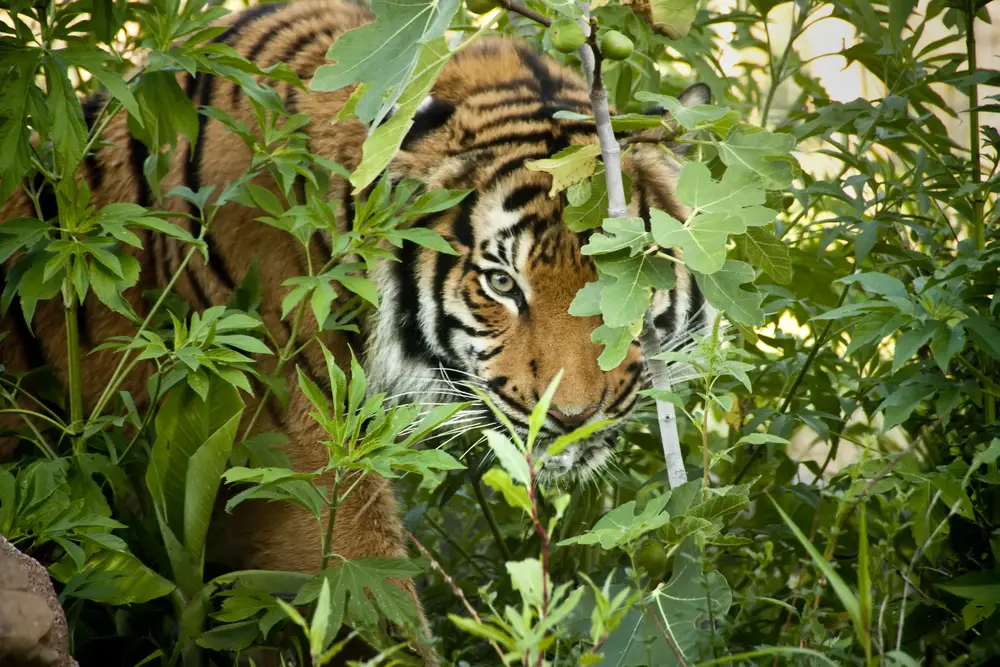
Tigers are magnificent, striped predators that inspire both awe and fear. These big cats generally prefer wild game, but in certain areas, human activities have brought them uncomfortably close to people. Imagine a world where their dense jungle territories overlap with human settlements—it’s a recipe for tension. According to The Planet Journey, tigers typically avoid humans, but habitat loss and a decline in natural prey can drive them closer to settlements, increasing the risk of human-tiger conflicts.
Once they decide to pounce, their power is nearly unmatched. They can leap great distances, pinning their prey with a force that few can resist. If you’re in tiger territory, it’s crucial to stay alert and avoid wandering alone. Traveling in groups and making noise can deter them, as they’re more inclined to avoid confrontation. In some cultures, wearing a mask on the back of your head has been used to confuse these predators, as they prefer ambushing from behind. The key is respecting their space, which is increasingly challenging as human development encroaches further into their domains.
2. Leopards Can Be Spotted Nightmares
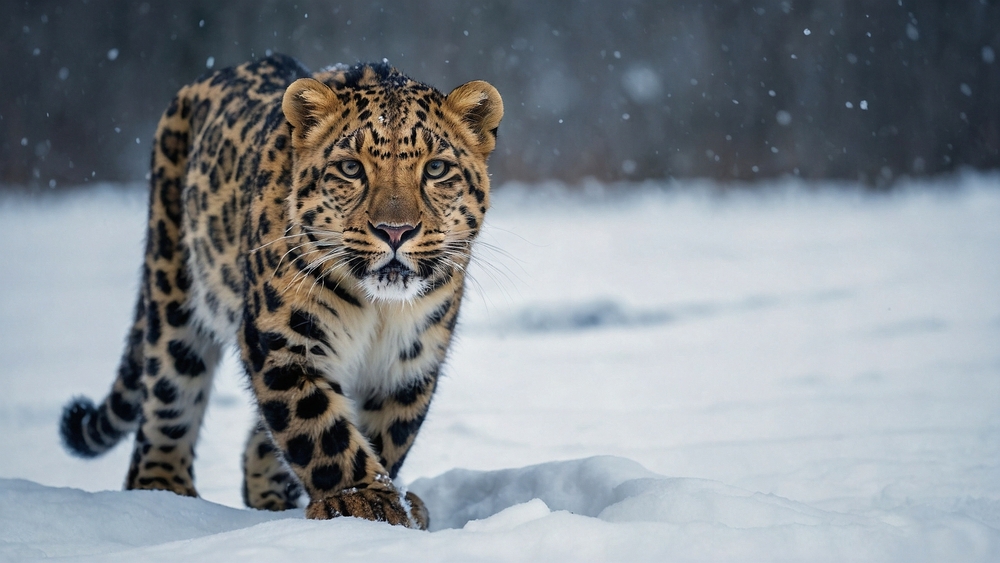
Leopards are solitary and adaptable, making them one of the most successful big cats. Yet, this adaptability sometimes brings them into conflict with humans. Unlike tigers, leopards are more comfortable in urban settings, often hunting pets and livestock. But when they turn their attention to humans, it’s usually under similar circumstances—injury, old age, or scarcity of natural prey. As highlighted by PLOS ONE, leopards often venture near human settlements due to habitat encroachment and prey scarcity, occasionally leading to attacks on humans.
Silent and efficient, a leopard can drag its prey up a tree to avoid other predators. Their strength and stealth make them formidable, and they can ambush from almost any direction. In areas where leopards are known to hunt, keeping night-time activities limited and securing areas against intrusion is crucial. Dogs can act as early warning systems, but they can also be targets themselves. It’s a delicate balance of coexisting with such powerful neighbors, and respecting their presence often means understanding and mitigating the overlap of territories.
3. Crocodiles Are Ancient Predators With Bloodthirsty Tactics
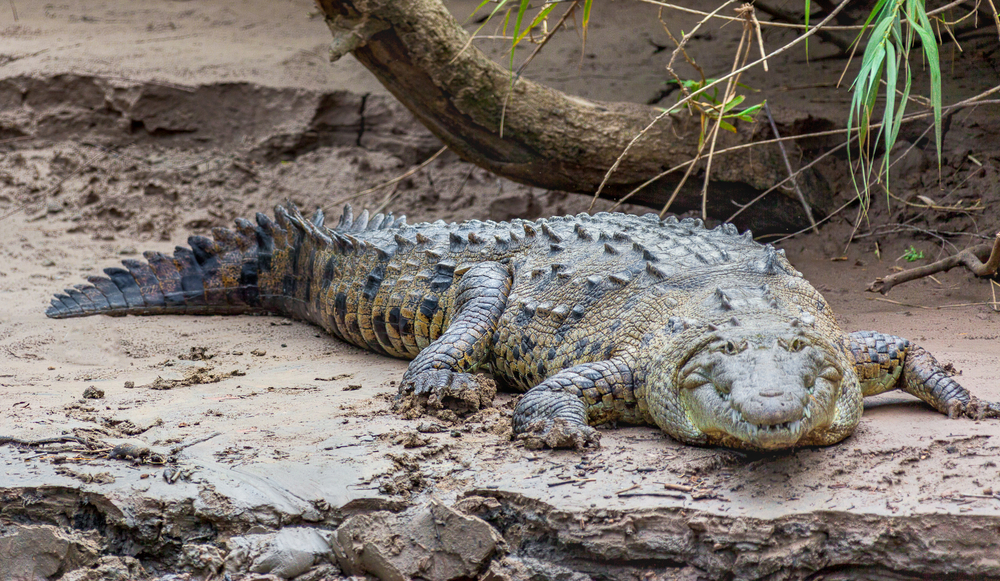
Crocodiles are apex predators that have been around since the time of dinosaurs, and their hunting tactics have evolved to be ruthlessly efficient. Found mainly in Africa, Australia, and parts of Asia, these reptiles lurk in rivers, lakes, and marshlands. When they target humans, it often starts with opportunistic attacks near water bodies where people bathe, fish, or gather water. Their ambush style is simple yet terrifying—they lie in wait, nearly invisible beneath the water, until someone ventures too close.
With a sudden burst of speed, a crocodile will grab its prey and pull it under the water to drown. They employ a lethal move known as the “death roll,” where they spin rapidly to tear flesh off their prey. To avoid falling victim to these ancient hunters, it’s vital to maintain a safe distance from water edges in crocodile territory and be cautious during activities such as fishing or boating. Signage, local advice, and staying in groups can minimize risks. Crocodiles are masters of patience, and respecting their domain is key to staying safe.
4. Snakes Are Sneaky And Deadly
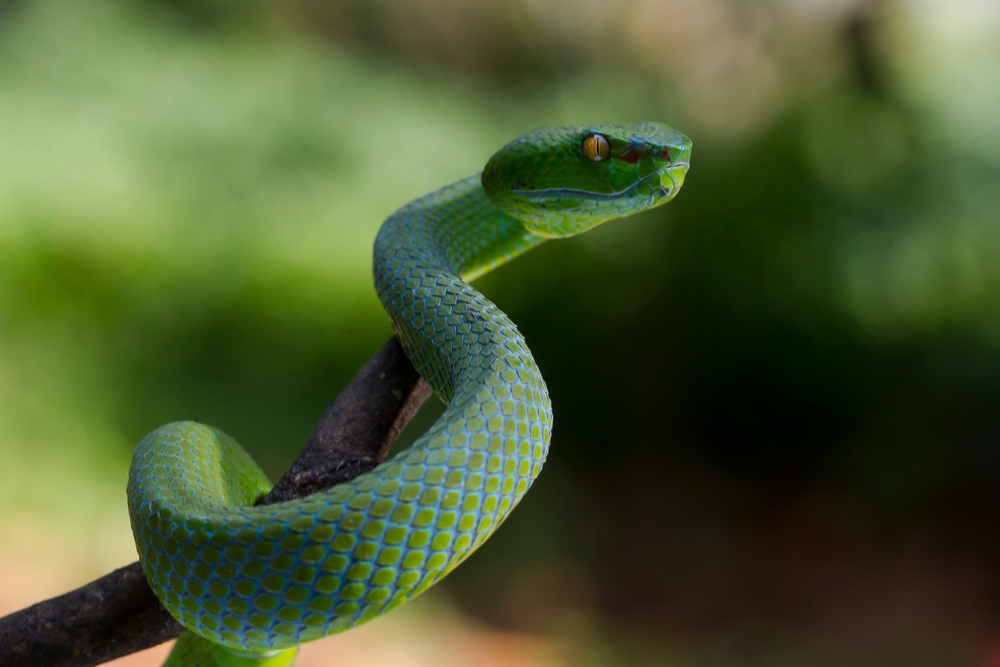
While snakes aren’t typically thought of as hunters of humans, some species do pose significant threats. In tropical jungles, venomous snakes like the king cobra or the pit viper can deliver deadly bites, especially if humans inadvertently step into their territory. These reptiles are often more defensive than aggressive, but their camouflage and silent movements can result in surprise encounters. When they do attack, it’s usually fast, striking with precision to inject venom.
Venom varies—some target the nervous system, while others cause tissue damage or blood clotting. The key to safety in snake-prone areas is education and preparation. Always watch where you step, especially in dense foliage or when climbing rocks. Wearing boots and long pants can reduce the risk of bites. If bitten, it’s crucial to remain calm and seek immediate medical assistance. Knowledge of local snake species and their antidotes can be lifesaving, ensuring that these encounters don’t turn lethal.
5. Lions Are Savage Kings Of The Savannah
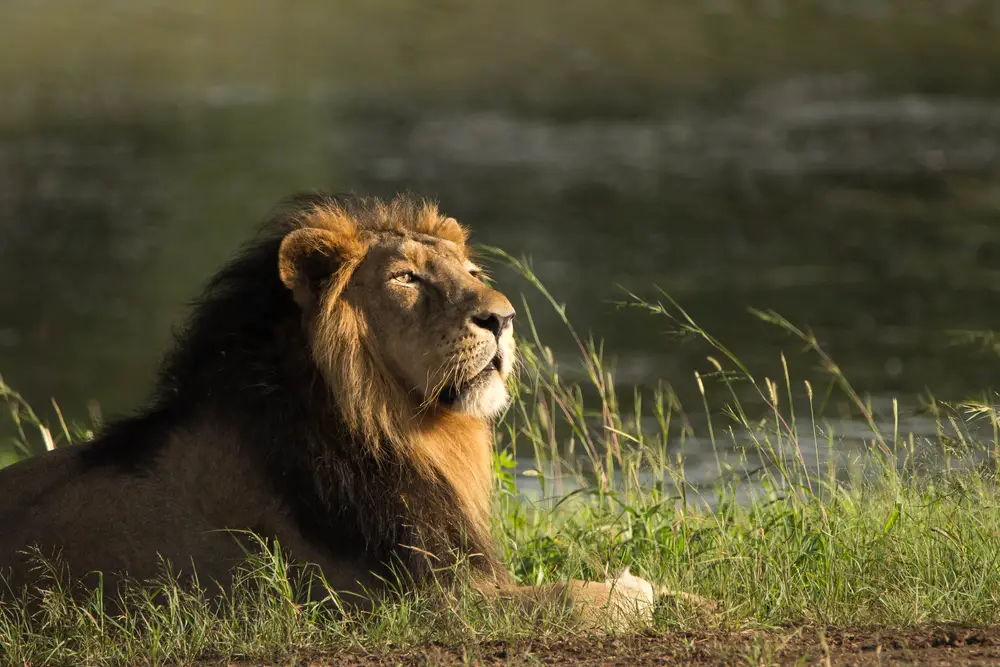
Lions are the iconic big cats of Africa, but they aren’t restricted to savannahs; they can also be found in dense forests. While not typical man-eaters, some prides have developed a taste for humans. This behavior is often driven by desperation due to habitat loss or disease reducing their natural prey. Lions hunt in groups, using coordinated attacks to isolate and capture their target. For humans, stumbling upon a pride is extremely dangerous—while they may not immediately attack, they can perceive any movement as threatening.
In areas where lion attacks have occurred, local communities have adopted various strategies to protect themselves. These include building fortified enclosures for livestock and using thorny barriers. It’s also wise to travel in groups and avoid night-time travel when lions are most active. Understanding the behavior of lions and respecting their space is crucial to coexistence. The presence of these majestic creatures is a reminder of the delicate balance between human expansion and wildlife conservation.
6. Hyenas Are Laughing But Deadly
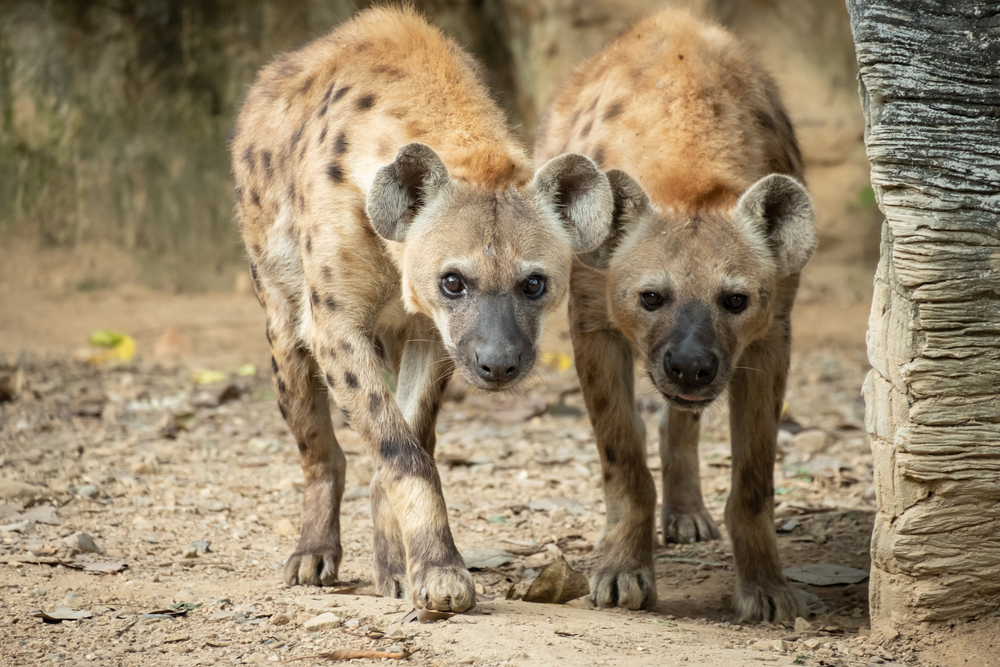
Hyenas might bring to mind images of scavengers, but they’re also skilled hunters. In some African regions, they’ve been known to target humans, particularly when their usual food sources are scarce. These predators operate in packs, using their numbers to outmaneuver prey. Underestimating a hyena is a mistake—they possess powerful jaws and remarkable stamina. While they prefer nocturnal activities, they can adapt to daytime hunts if necessary.
In areas where hyenas are prevalent, awareness and prevention are paramount. Strengthening settlements and avoiding solitary travel at night can reduce the risk of attacks. Hyenas are intelligent and can learn human patterns, so unpredictability in routines can help. Community-based initiatives, such as livestock protection measures and night patrols, are effective deterrents. Understanding that these animals are opportunists is key—they exploit weaknesses, which means firm boundaries and vigilance are essential.
7. Wolves Are The Ultimate Pack Hunters
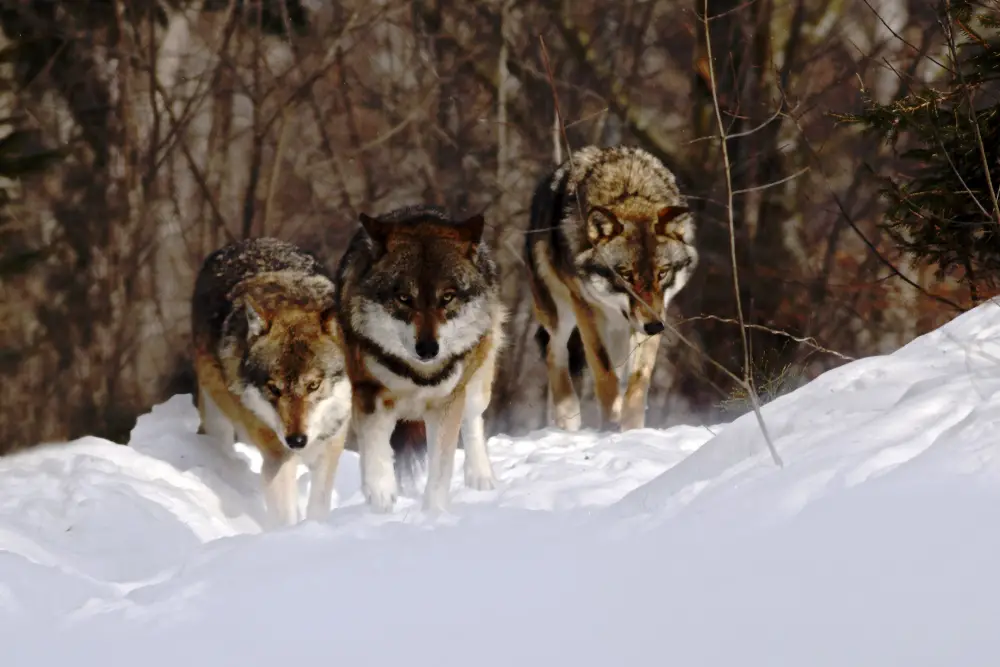
While wolves are often associated with colder climates, some subspecies inhabit forested regions where they occasionally come into conflict with humans. These highly social creatures hunt in packs, using strategy and communication to bring down prey much larger than themselves. Human attacks are rare but can occur in circumstances where wolves feel threatened or food is scarce. They tend to avoid humans, but their curiosity can quickly turn dangerous if they perceive a threat.
In regions where wolves roam, staying alert and understanding their behavior is crucial. Traveling in groups and making noise can deter wolves, which are usually wary of humans. Securing food sources and disposing of waste properly can help avoid attracting them. Wolves are a vital part of the ecosystem, and respecting their territory helps ensure safe coexistence. It’s important to remember that while they may appear intimidating, they generally prefer to avoid conflict unless provoked.
8. Jaguars Are Stealthy Stalkers
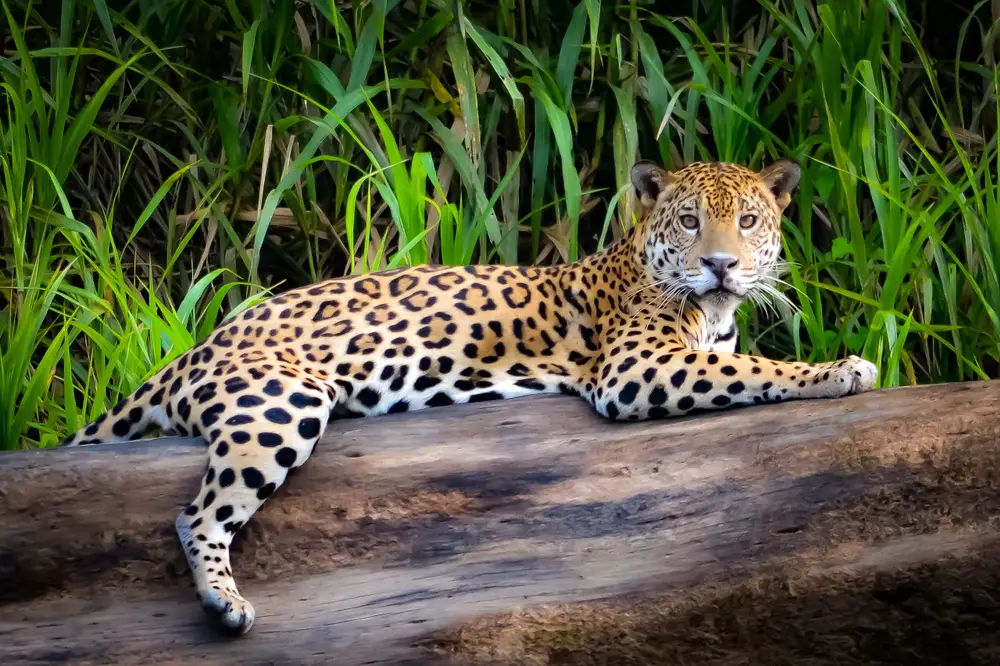
Jaguars are the largest cats in the Americas, known for their powerful builds and striking appearances. While they typically prefer hunting capybaras and other wildlife, humans can occasionally become targets. This usually happens when jaguars face a shortage of food or feel cornered by human encroachment. Jaguars are solitary hunters, relying on their stealth and strength to ambush prey. They often kill with a single bite to the skull, showcasing their lethal efficiency.
In jaguar territories, it’s crucial to be aware of your surroundings, especially in dense jungles where visibility is limited. Keeping movement noisy and avoiding solo travel can reduce the risk of encounters. Community-led conservation efforts can help preserve their natural habitat, reducing the likelihood of human-jaguar conflicts. Jaguars are elusive and fascinating, but maintaining a respectful distance is essential for safety. Understanding their importance in the ecosystem is also key to fostering coexistence.
9. Bears Are An Enormous Threat
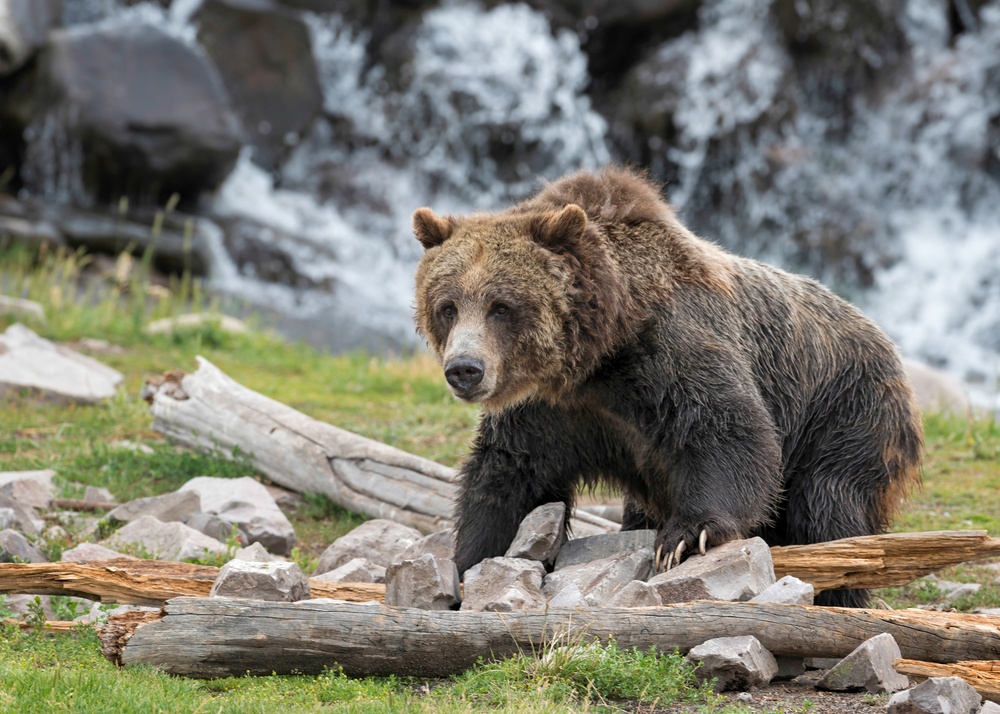
When we think of bears, images of forested regions in North America and parts of Asia typically come to mind. While many bears are omnivores, they can pose a serious threat if they perceive humans as a food source or threat. Bears like the sloth bear in India have been known to attack humans, often due to surprise encounters or while protecting their young. When bears target humans, it’s often a mix of curiosity and defense.
To minimize risks in bear country, understanding bear behavior and remaining vigilant is vital. Making noise while hiking can prevent surprise encounters, as most bears would rather avoid humans. Securing food and keeping campsites clean can also deter bears from approaching. In the rare event of an attack, knowing how to react—be it by standing your ground or using bear spray—can be lifesaving. Bears are incredible creatures deserving of respect, and understanding their role in the ecosystem is crucial to cohabiting their environment.
10. Komodo DragonsAre Elusive Human Hunters
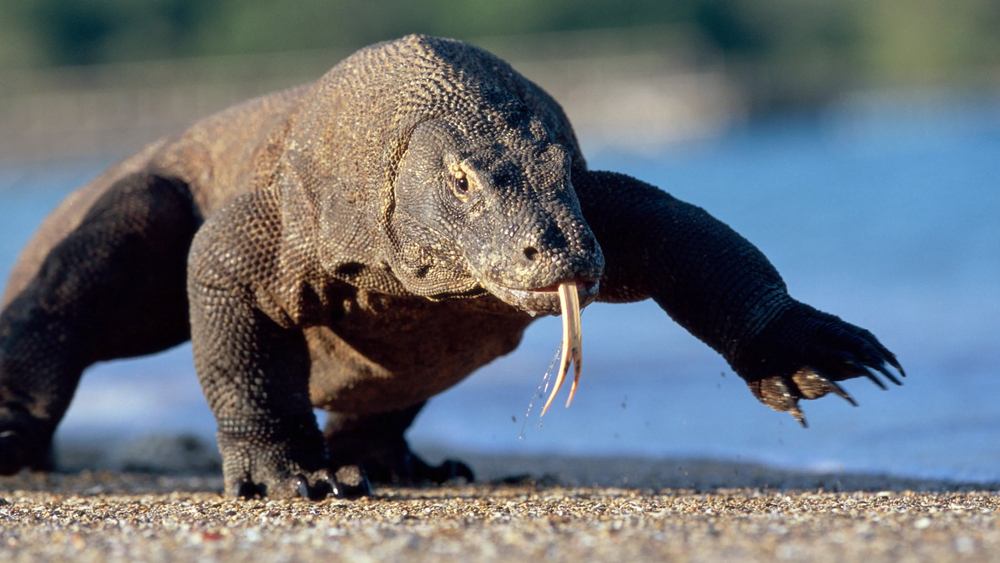
Komodo dragons are the world’s largest lizards, found on a few Indonesian islands. While these giants primarily hunt deer and other wildlife, their powerful sense of smell and opportunistic nature make them dangerous to humans. Standing nearly ten feet long, they can sprint short distances and deliver a toxic bite. They typically ambush their prey using their powerful tails to knock them down, followed by a deadly bite that introduces bacteria and venom.
In areas where Komodo dragons roam, it’s essential to keep a safe distance and be mindful of their presence. Local guides are invaluable for safe navigation through these territories. It’s also important to stay calm and avoid sudden movements if a dragon approaches. Feeding them is strictly forbidden, as it encourages aggressive behavior. These creatures are a testament to nature’s diversity and power, reminding us of the respect required when sharing our world with such formidable wildlife.
11. Polar Bears Are Highly Unpredictable
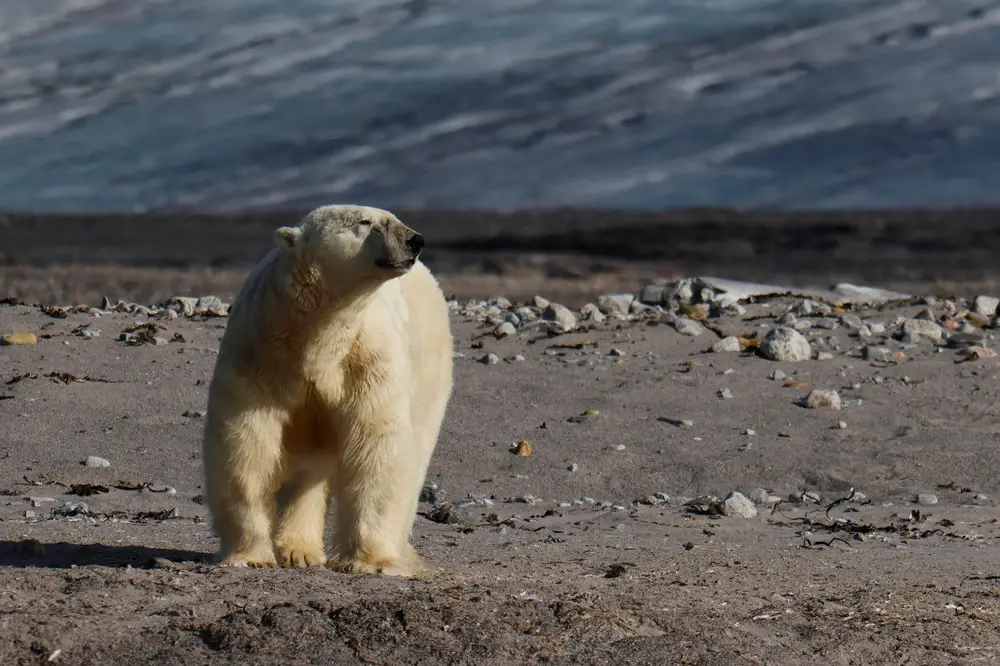
Polar bears are known for their icy habitat, but as climate change impacts their environment, they’ve drawn closer to human settlements. These majestic creatures are primarily seal hunters, but they’re also opportunistic feeders. As the ice melts, they’re increasingly found near human communities, where they might search for food. While polar bears generally avoid humans, food scarcity can drive them to consider people as prey. Their sheer size and strength make them incredibly dangerous in close encounters.
In polar bear territories, communities have developed strategies to minimize risks, such as bear patrols and securing food sources. Staying indoors during known bear activity times and having bear deterrents on hand is crucial. Understanding the bears’ behavior and patterns helps residents coexist with these predators. Polar bears are symbols of the fragile Arctic ecosystem, and their struggles highlight the broader environmental challenges we face. Protecting their habitat is key to reducing human-bear conflicts.
12. Hippopotamus Are Super Territorial
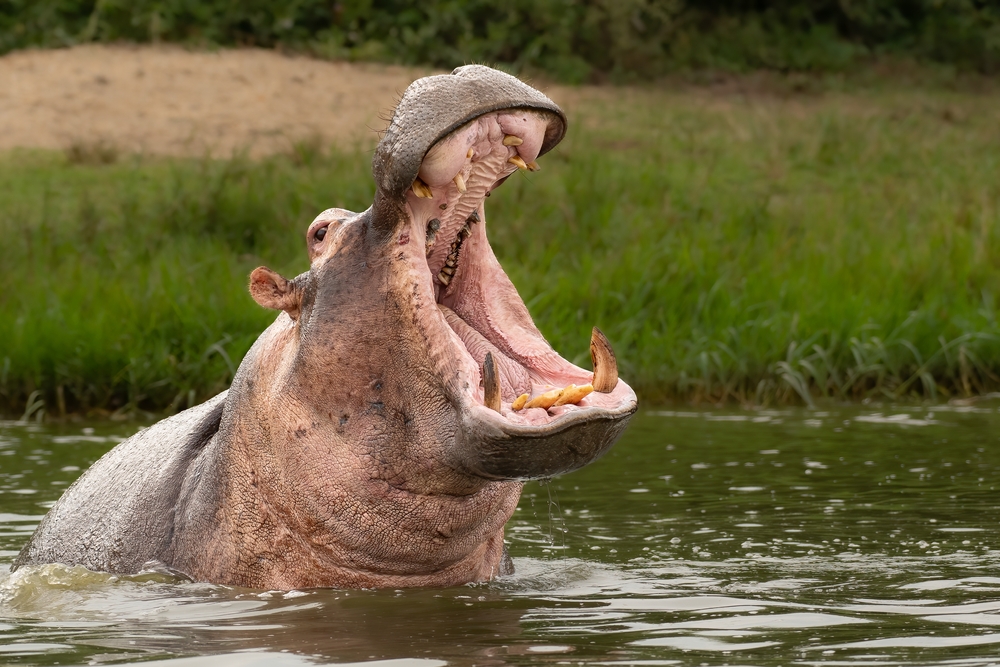
While not typically thought of as hunters, hippos are one of Africa’s most dangerous animals due to their aggressive behavior and territorial nature. Hippos spend a lot of time in water but venture onto land at night to feed. Humans can unwittingly enter their territories while fishing or traveling near rivers, leading to dangerous encounters. If a hippo views you as a threat, its response is swift and furious. Despite their bulk, they can run fast and have powerful jaws capable of crushing bones.
In regions with hippo populations, keeping a safe distance from water bodies is crucial. Using boats or avoiding shallow waters where hippos might be resting can prevent confrontations. Hippos may seem docile, but they are fiercely protective and unpredictable. Understanding their habitats and patterns helps reduce the risk of surprise encounters. These creatures are a reminder of the raw power of nature, and respecting their space is key to safe coexistence.
13. Sharks Are The Ocean’s Apex Predators
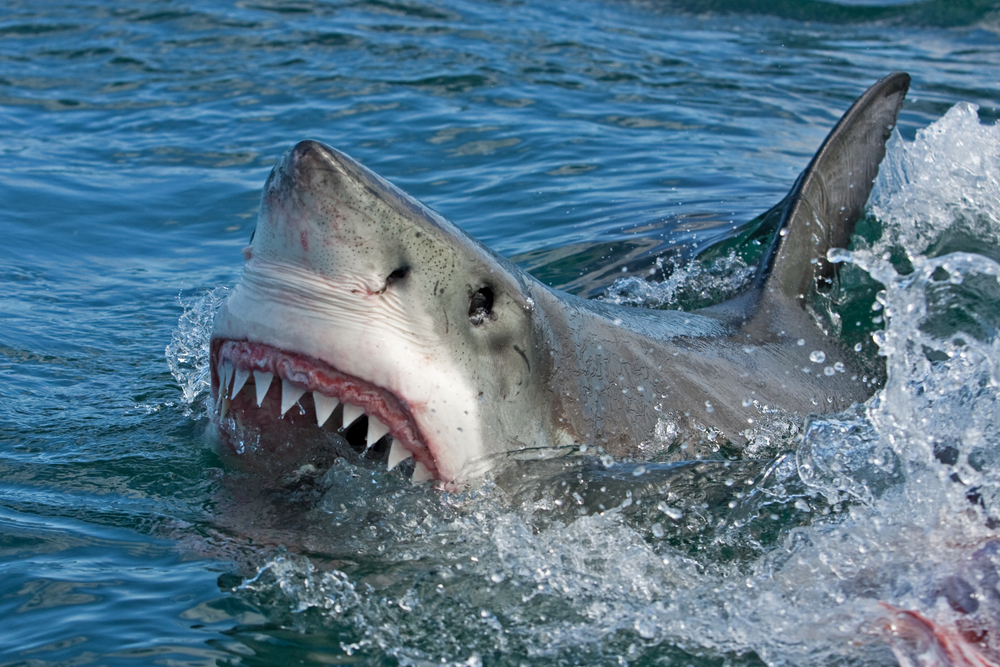
Sharks, the ultimate ocean hunters, have been both feared and misunderstood for generations. While attacks on humans are rare, they can occur when sharks mistake swimmers or surfers for prey. Shark-infested waters are their domain, and humans entering these areas should be aware of potential risks. Sharks use their keen senses to detect movement and even blood in the water from miles away. Though many species are harmless to humans, the handful that do pose a threat include the great white, tiger, and bull sharks.
In areas known for shark activity, adhering to local warnings and avoiding swimming during dusk or dawn can reduce risks. Staying close to shore and swimming in groups also help as precautionary measures. Respect for the marine environment and understanding sharks’ crucial role in the ecosystem are key to reducing negative interactions. Shark conservation efforts also emphasize the need for balanced coexistence between humans and these magnificent creatures. After all, the ocean is their home, and we are merely visitors.
14. Piranhas Are Voracious
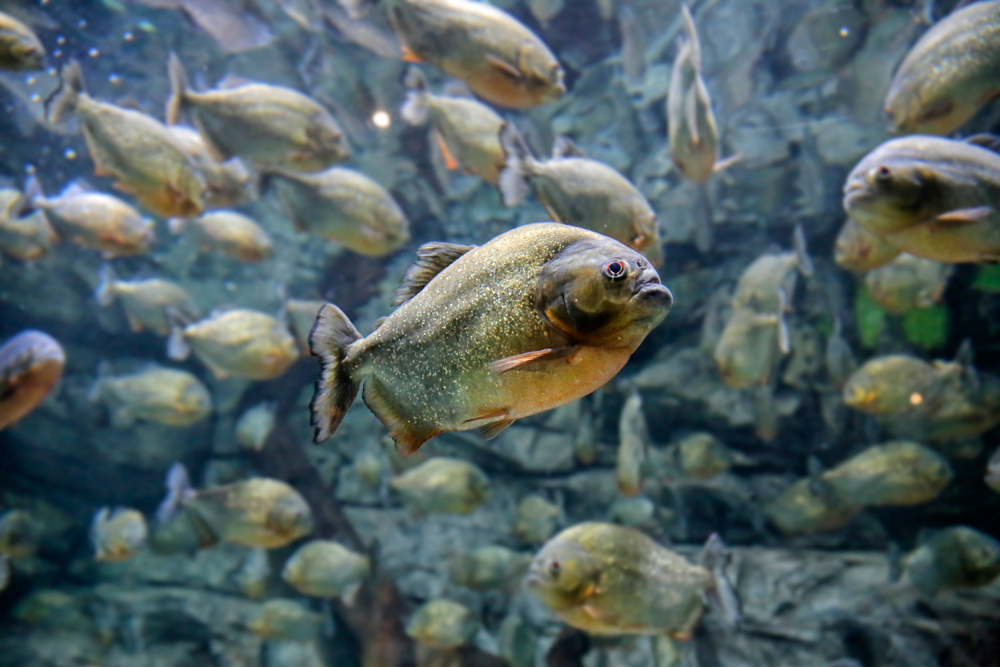
Piranhas have a fearsome reputation thanks to their sharp teeth and powerful bite force. Found in South American rivers, these fish are typically scavengers but are known for their feeding frenzies. Attacks on humans are rare but can occur when their food sources are scarce. Piranhas are attracted to blood and movement, which can trigger their instinct to bite. While their individual bites aren’t deadly, a swarm can inflict significant injuries.
Swimming in piranha-infested waters, especially with open wounds, is a risk best avoided. Locals often know the safest times and areas for water activities, so following their advice is wise. Keeping movements calm and avoiding flashy jewelry can reduce the chance of attracting these fish. Piranhas play a vital role in their ecosystem, and understanding their behavior helps prevent dangerous encounters. They’re an example of nature’s complexity, reminding us of the importance of respecting all wildlife.
15. Mountain Lions Are Misunderstood
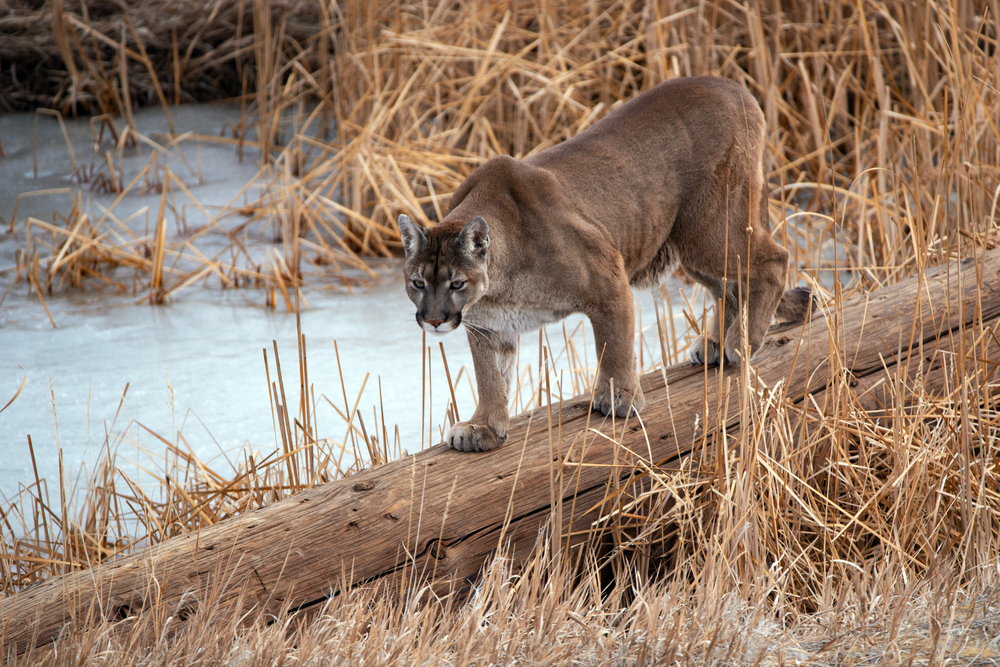
Mountain lions, also known as cougars or pumas, are elusive predators found throughout the Americas. While they primarily hunt deer and other wildlife, they occasionally come into conflict with humans, especially as urban areas expand into their territories. These solitary cats rely on stealth and silence to ambush their prey, making them formidable hunters. Human attacks are rare but can occur when mountain lions feel threatened or are unable to find their usual prey.
In mountain lion habitats, being aware of your surroundings and traveling in groups can reduce risks. Keeping children and pets close and making noise while hiking are effective deterrents. If you encounter a mountain lion, it’s important to stay calm, make yourself appear larger, and never turn your back or run. These cats are an integral part of the ecosystem, and understanding their behavior is crucial for coexistence. Respecting their territory and ensuring conservation efforts can help minimize human-lion confrontations.
